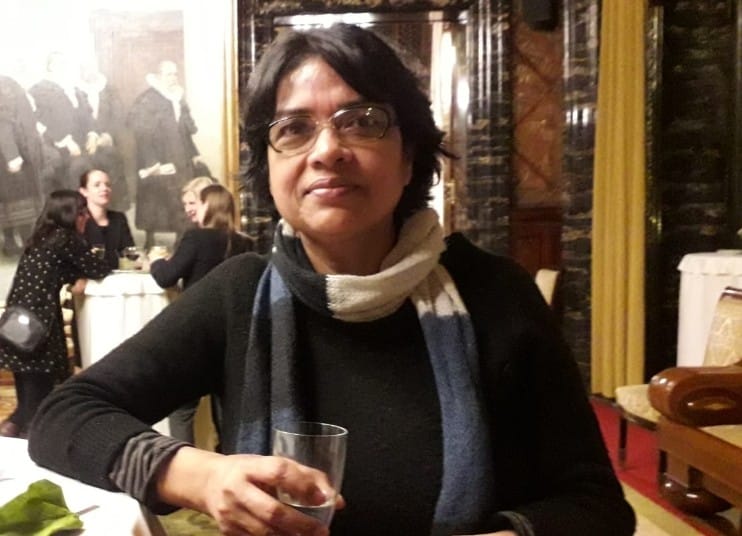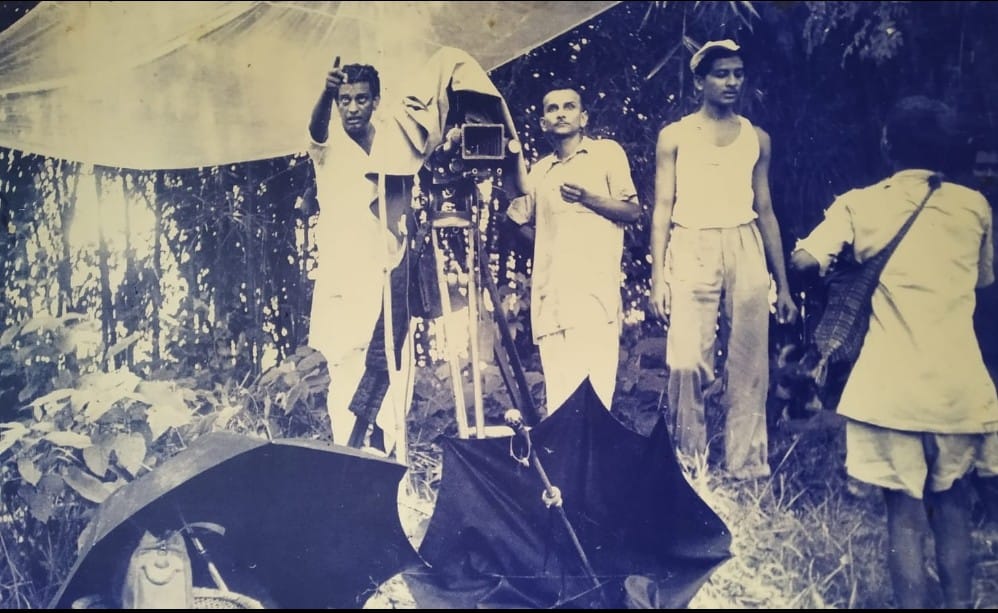
Soumendu Roy had allowed a 25-something Ranu Ghosh to be an observer on his sets, provided she just stood behind his camera for two years and did nothing. Looking back, she believes that those years with the veteran cinematographer shaped her vision and taught her to ‘see’ light. Here is RANU GHOSH's story of what it takes for a female cinematographer to win her battles behind the lens and in front of it
Why BFA commissioned this piece:
Not too much is written about the trials and tribulations of women technicians. The few that are there in the public domain are largely restricted to the feminist perspective. We were looking for a piece that goes beyond. That’s why we requested Ranu Ghosh to take a break from her camerawork to write this pen-picture. This anecdotal piece is not just a documentation of her personal journey but also a reflection of what any female technician needs to excel in to survive in the film industry
I don’t exactly remember when I was first introduced to Roy-da’s works. I have never really tried to go down memory lane to remember that. All I can distinctly remember was my first personal introduction to him. I had gone to meet him along with a friend of mine. Nilanjan (Bhattacharya) took me over to him. Back then, I was working with an organization in Delhi that made documentary films. After a point, sometime in 1995, I decided to return to Kolkata and work in feature films.
I am largely a self-taught cinematographer. My curiosity was towards understanding the various shading and grading of lights. I was especially attracted to black and white. Though I personally like direct lights, I felt it was important for me to know how to work with bounce lights. Unless one knows the grammar, it is difficult to break it. So I decided that I would approach Soumendu Roy. Honestly speaking, it was a really ambitious thought on my part. I summoned up the courage when Nilanjan too suggested the same. He took me to Roy-da’s sets and introduced me to him saying: She works in documentaries and wants to assist you.
Roy-da was then shooting for Tapan Sinha’s Shatabdir Kannya. Roy-da looked at me, smiled a little and asked: “It is difficult for women to stay behind the camera. Will you really be able to do it?” I was barely in my mid 20s. By then, I had already decided to continue with cinematography. Roy-da had a condition. I would have to remain an observer on his sets, stand behind his camera for two years and do nothing.
After pursuing my BSc, I had enrolled into the Institute of Engineers. But my urge to be a cinematographer was so strong that I had dropped out of my course. I immediately accepted Roy-da’s condition. “I accept your challenge,” I said. Roy-da burst out laughing once he heard my instant reaction. Tapan Sinha too was on the sets then. Roy-da looked at him and asked his opinion about having me as his assistant. “Aare, that’s good news. It will certainly be nice to have this little girl stand behind you while you are working,” he said in jest. Roy-da asked me to come over to the sets from the next day onwards.
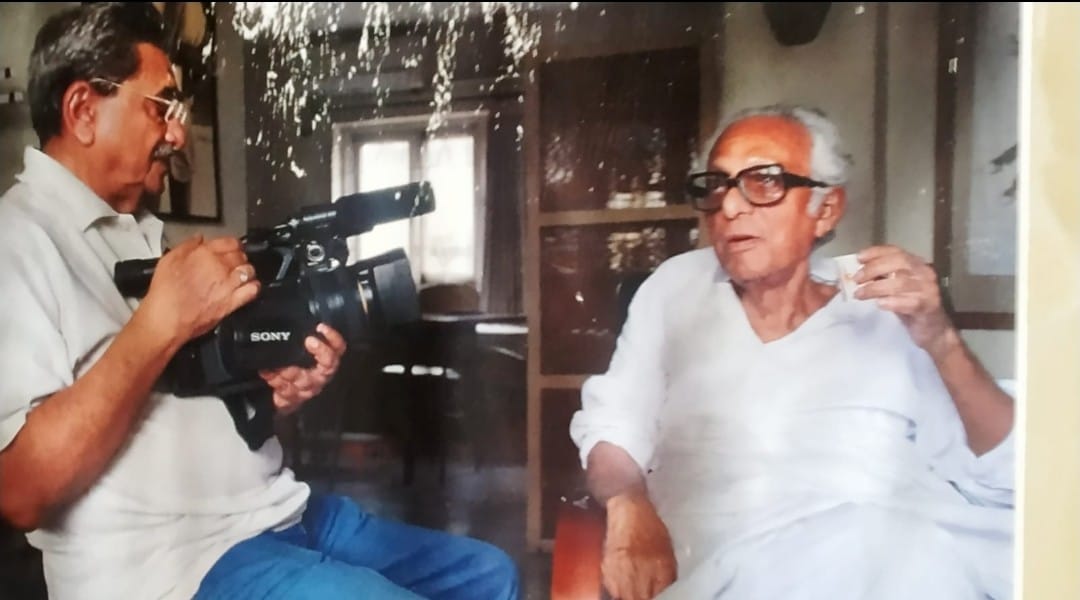
A grueling schedule began for me from the day I landed on the sets as an observer. Tapan Sinha was disciplined and was a stickler for perfection. Everyone had to report by 10 am and work had to get over by 5 pm. I have observed how work was extracted even in that short span of time. Tapan Sinha used to rehearse with everyone at home. So, everyone came completely prepared on the sets. There were very few reshoots.
Shabana Azmi was there on the first day of the shoot. I only had a burning desire to learn but no clue about the hierarchy on the sets. Roy-da was working on the trolley while Tapan Sinha was saying something to Shabana Azmi. Seeing so much happen in front of me, I just forgot all about the instructions of standing behind the camera. Out of the blue, I crossed Roy-da’s trolley and went close to Tapan Sinha. Roy-da was at a loss of words. He couldn’t say anything to a 25-something-year-old. Everyone was zapped that I had actually crossed the line and gone over to listen to what instructions Tapan Sinha was giving Shabana Azmi.
Tapan Sinha looked at me and said: “Let’s go”. Without making me feel awkward, he brought me back to my original position behind the camera. Addressing Roy-da, he said, “The way she observes and listens, I think she will take to direction one day.” On another day, I remember trying to move around with a stand. Roy-da had asked me to try and lift it. That’s a risky job since the stand was used to place the heavy lights. Getting disbalanced meant breaking the expensive lights. Tapan Sinha saw me trying and said: “Roy, why are you making her carry those heavy lights? She will become a director of cinematography one day!”
Roy-da was working on the trolley while Tapan Sinha was saying something to Shabana Azmi. Seeing so much happen in front of me, I just forgot all about the instructions of standing behind the camera. Out of the blue, I crossed Roy-da’s trolley and went close to Tapan Sinha... Everyone was zapped that I had actually crossed the line and gone over to listen to what instructions Tapan Sinha was giving Shabana Azmi
Today, when I look back at those days, I feel that both of them stood like an umbrella for a young girl with dreams of breaking the glass ceiling. I learnt the importance of observation, experimentation and implementation on the job. Roy-da had played a very important role when time came to grant me an observer’s card. He had asked me to apply for a card to work on his sets. However, those in the cinematography guild were apprehensive about giving me one. Back in those days, there was no precedence of women in Kolkata taking up cinematography as a profession. So, the guild members feared that I would simply waste the card. Soon a controversy broke out. Two groups were at loggerhead over giving me a card. Apart from Roy-da, others from the Film and Television Institute of India (FTII) including Amit Sen and Avik Mukhopadhyay supported me. Roy-da was hell bent that I be given this opportunity. Finally, the guild members had to relent.
That card allowed me to stand behind Roy-da and observe. What’s important was to fathom how far I was allowed to go even while being in this unit. When I look back at those days, I feel Roy-da used to minutely observe me. He wanted to check how serious I actually was about my promise of continuing in this profession. In some ways, I felt he too had taken up a challenge to ensure that he had taken the right decision of accepting a girl in his unit and even getting a card for her. He left strict instructions for me to arrive an hour before work began at 10 am and see which lights were being placed where and then understand the effects of those lights once they were turned on.
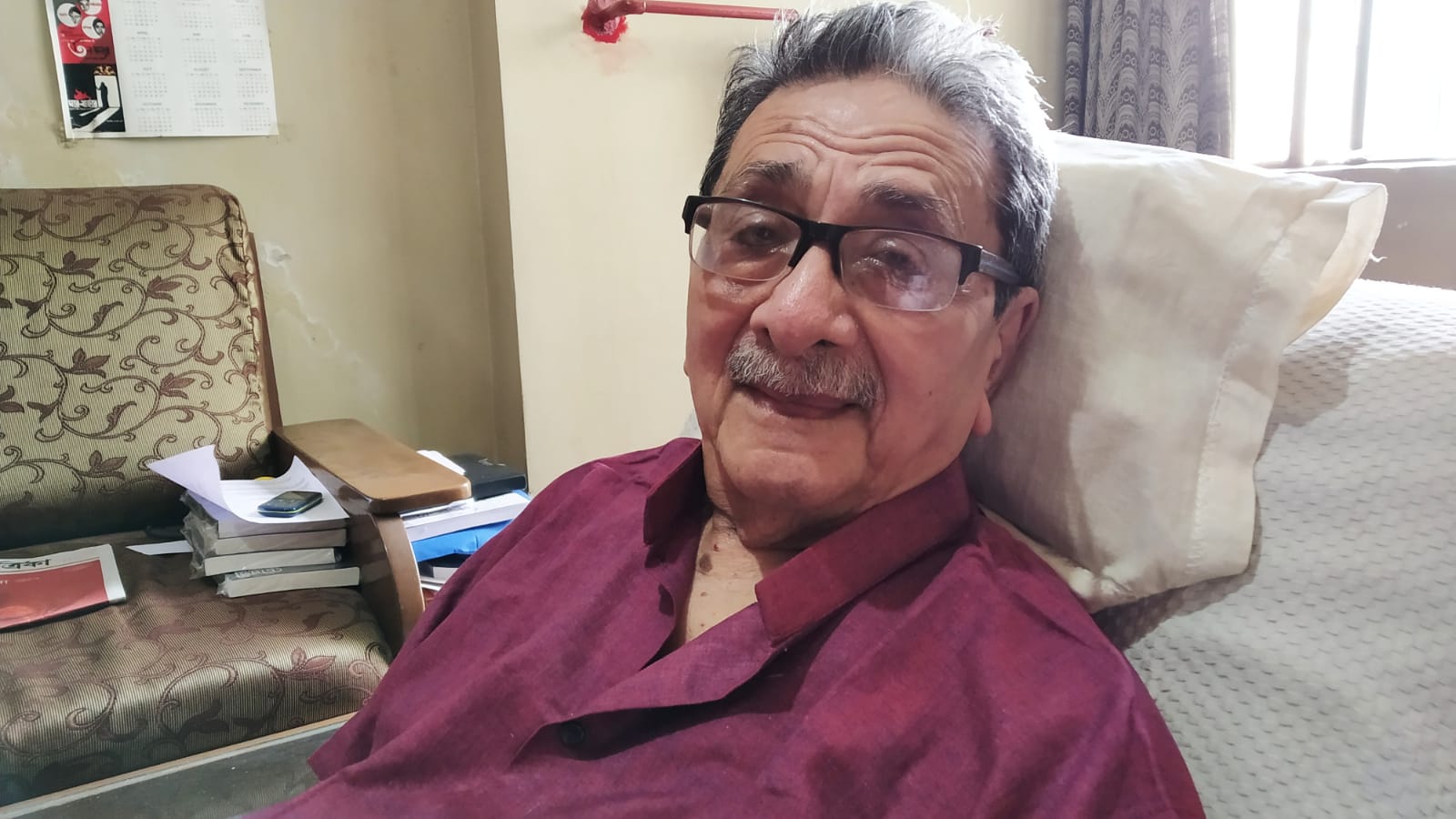
I couldn’t do much during this period. Purnendu-da (Purnendu Bose), who had assisted Satyajit Ray and Roy-da, was on the sets. He was very meticulous and I learnt a lot of nitty-gritty about filming from him. Roy-da had asked one of his main technicians, Bablu, to check if I came to the sets at 9 am. I could understand that Roy-da was monitoring my work without making me feel that I was being tested. Come to think of it, I really didn’t have much to do on the sets then. The only thing I was actually allowed was to bring a stool meant for Roy-da and place it behind the camera. That went on for two years. The whole day I would just stand behind the camera and look at whatever was happening.
Those formative years with Roy-da have been very important in my career. There were some who would try to boss over me. Some would try to cut me to size and prevent me if I walked a few steps towards the trolley. They would rag me if I wanted to ask Roy-da something. Initially, everyone wanted to show how much they knew. There was this dismissive tone too since they were convinced that I would disappear in no time. Later on, there were serious problems when I started working as his focus-puller. Here Roy-da’s role was very interesting. There could be two ways of handling the situation. One, was to defend me actively. Two, was to never interfere and let me fight my own battle. Roy-da followed the second option. My battle for survival has always been my own. Roy-da knew that he would interfere only if things reached an extreme level. Once or twice, matters did reach that level and then Roy-da would say a line like: “Don’t behave this way with Ranu”. Or he would say things like: “Aare, Purnendu, if you say so much, Ranu will not be able to grasp it”. Those one-liners were his way of keeping things in control. Though he never fought my battle, I know for a fact that I was saved from harassment only because Roy-da allowed me to work on his sets.
Back in those days, there was no precedence of women in Kolkata taking up cinematography as a profession. So, the guild members feared that I would simply waste the card. Soon a controversy broke out. Two groups were at loggerhead over giving me a card. Apart from Roy-da, others from the Film and Television Institute of India (FTII) including Amit Sen and Avik Mukhopadhyay supported me. Roy-dawas hell bent that I be given this opportunity. Finally, the guild members had to relent
I don’t think it is fair to actually see this phase from an out-and-out prism of feminism. These same people, who used to rag me, were also helpful at times. I have learnt from them as well. The situation was complex. It was not that they disliked me. But my going ahead meant them lagging behind in the survival race. The only way to win this battle was to prove your worth. Had Roy-da always been too protective about me on the sets, it would have become difficult for me to prove my worth as a technician. I was like his daughter but he wanted me to fight independently and win my battle.
Over the years, I have picked up two distinct skill sets from him. He taught me how to “see light”. He would tell me that at home I must watch how light enters my room. Light usually reflects on surfaces and then enters the room. This was his training from Subrata Mitra. It’s important to observe this light with the naked eye. On the sets, he wanted me to understand the variation between this light and the one that was done for shooting purposes. I was motivated to observe how the intensity of this light, after reflection on various surfaces, increased or decreased. This practice helped me to read the light without the aid of any metering. This skill helped me tremendously even as an independent cinematographer.
Roy-da’s lesson in man management has been a huge help in my career. Lights are not the only important factors on the sets. I have never heard any cinematographer speak about the importance of man management. I have seen how he would pamper someone while controlling another person to maintain the equilibrium on the sets. I could understand that he was being diplomatic. He emphasized the importance of man-management in doing the lights on the sets. Unless that was addressed, Roy-da felt the unit members would not respect his authority. Later on, when I started working as an independent cinematographer, I got a firsthand taste of its importance. I was once working on Raja Dasgupta’s sets. I wanted to work with direct lights while those being trained under Roy-da were keen to work with bounce lights. Once I was forced to send one unit member outside the sets. The next day, I took him in after he apologized.
I have also imbibed Roy-da’s philosophy of accepting that film-making is a result of a long process and not an overnight achievement. One can’t become a cinematographer by just knowing how to operate a high-end camera. He underlined the importance of patience and tolerance in the fight for existence. Roy-da had his own fights, I had mine. One has to go through many ups and downs during shooting to finally get a grasp of things.
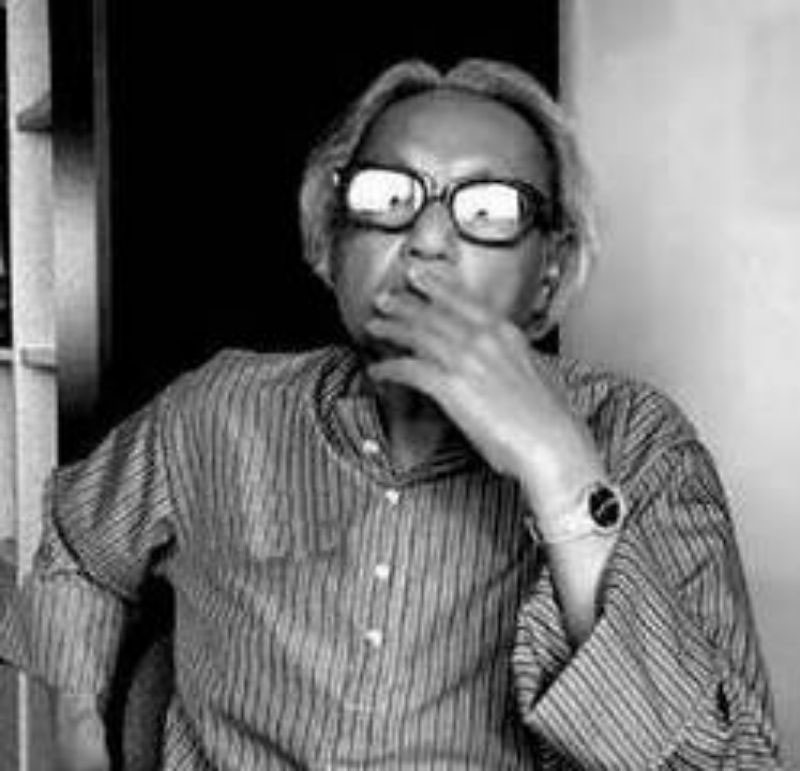
While writing about the struggles, I distinctly remember one incident that had happened with Subrata Mitra. Satyajit Ray Film and Television Institute (SRFTI) started in 1995. He was doing a workshop there in 1998 where he would compare the colour grading of lights with notations used in Indian classical music. I was curious about this workshop and had asked Roy-da about it. But I never got a clear response from him. Subsequently, I approached Subrata Mitra’s brother. He introduced me to Subrata Mitra saying that I assist Soumendu Roy. What came as a shock was Subrata Mitra’s completely dismissive attitude. He said there was no vacancy and pointed at a long queue of institute passouts who wanted to attend his workshop. Subrata Mitra actually shooed me away and showed me the door when I went to meet him at his Padmapukur residence. It seemed as if I was just a riff-raff. I was very upset but determined that I would somehow get access. On the day of the workshop, I landed at SRFTI. Seeing my interest, others, who had registered, asked me to take a chance and enter. I gathered courage and entered the room. Our eyes crossed the moment I was trying to enter. I tried to read if his expressions meant consent. Something in me said, he didn’t object. So, I went in.
The day after, he asked us to submit prints of our still photographs. Everyone, including FTII students, made submissions. I submitted five prints of an Odissi danseuse that I had done some time back. Every time he selected a print to explain his theory, interestingly it turned out to be mine! Then he asked me a lot of questions. I didn’t remember much since the prints were done some time back. But I didn’t want to bow down and answered his questions to the best of my ability. Later, I noticed that every day when he entered the class, his first question was always targeted at me. Subrata Mitra had a thing for institute pass out while I was an exception. I proved myself at every step. That led to an interesting tussle.
When I narrated this incident to Roy-da, he smiled at me and said: “Lege thako, lege thako (Just hang on)”. He also added that I must try and grasp anything new that Subrata Mitra had to teach. It was so gratifying to hear him suggest this.
Later on, Subrata Mitra took a liking to me. Once when he had to buy a camera, he called me up and asked me to come over. On another occasion, I remember getting a call from him. He was then with SRFTI and wanted to come over to my residence. He had not taken my residence number but just hopped on to a rickshaw and came over. The security guard at my residential complex hadn’t allowed him entry. Disappointed, he went back and called me up from Ajoynagar saying: “Ranu, they didn’t allow me inside!” I was so shocked and couldn’t fathom what to do. Had he called me up once from the gate, I would have asked the security guards to let him in. But he had not done any such thing.
I noticed that every day when he entered the class, his first question was always targeted at me. Subrata Mitra had a thing for institute pass out while I was an exception. I proved myself at every step. That led to an interesting tussle. When I narrated this incident to Roy-da, he smiled at me and said: “Lege thako, lege thako (Just hang on)”. He also added that I must try and grasp anything new that Subrata Mitra had to teach
As far as the relationship between Subrata Mitra and Roy-da is concerned, I feel it was quite complex. Roy-da had become the cinematographer in Ray’s unit after Subrata Mitra quit having done three films. Though neither spoke about it, I have a feeling that Subrata Mitra didn’t take kindly to it. I noticed that he avoided Roy-da’s context during our discussions. Roy-da was respectful about Subrata Mitra. He would often tell me that in Ray’s unit, he was initially like a ‘chamcha (fan)’ for both Ray and Subrata Mitra. His initial role in Ray’s unit was almost like what I had in his unit when I joined. Roy-da would loyally pass on the tripod to Subrata Mitra whenever required. In the case of Roy-da’s unit, I would pass the stool to him.
Another interesting trait about Roy-da was his openness about modern technology. I remember buying a digital camera and going over to Roy-da’s sets. He took a look at it and asked me to take his shot with my digital camera. Even till date, he is curious about anything new. That includes my extended practice which goes beyond photography. He engages in lengthy discussions about my audio-visual installations. This openness to embrace something new is extremely admirable.
In fact, this is also a big change from his initial stance when he used to advice me to stick to cinematography alone. Subsequently, he understood that I wasn’t happy doing that. Unlike many old-timers, Roy-da was very liberal with me. I have often come across cases where assistants are not allowed to climb up the ladder. They would never be allowed any space to grow and have to reconcile to remaining as half-informed technicians all their lives. It is rare that they would flourish as independent cinematographers. But Roy-da was different in my case. I was the focus-puller in Roy-da’s unit but would do lights once in a while. However, there was no scope for me to become the first assistant. Being a self-taught cinematographer, I would always look out for opportunities to learn from anywhere. There were times when I would leave and go to work elsewhere. Subsequently, I would return to Roy-da’s unit.
I remember an incident during the shooting of a film with Biresh Chatterjee. I was Roy-da’s focus-puller for that film. Once the shooting was over, I told Roy-da that I didn’t want to assist him any further. At that point, I had felt that I had nothing more to learn by assisting him in the kind of films he was being forced to work in. I had spontaneously articulated what I had felt but the statement had quite naturally come as a shock to Roy-da.
Around that time, I got a scope to work in a feature film with Ranjan (Palit). I knew Ranjan used direct light and wanted to work with him. After a few days, I told Roy-da that I would leave and assist Ranjan for that international production only if he allowed me to do so. Not only did Roy-da agree, he also advised me to try and see if I could soon graduate to the level of Ranjan’s first assistant. He also added that I would get a lot of liberty to implement what I had learnt.
That was Roy-da’s magnanimity. The advice came so handy to me. Ranjan’s first assistant, for some reason, couldn’t do the job. I took the challenge to do the direct light. My work was appreciated and Ranjan was kind enough to appoint me as his first assistant. I have no qualms in admitting that all this happened because of Roy-da’s guidance. He told me that if I could be the first assistant, I would be able to control and understand the lights and also get the confidence to work independently.
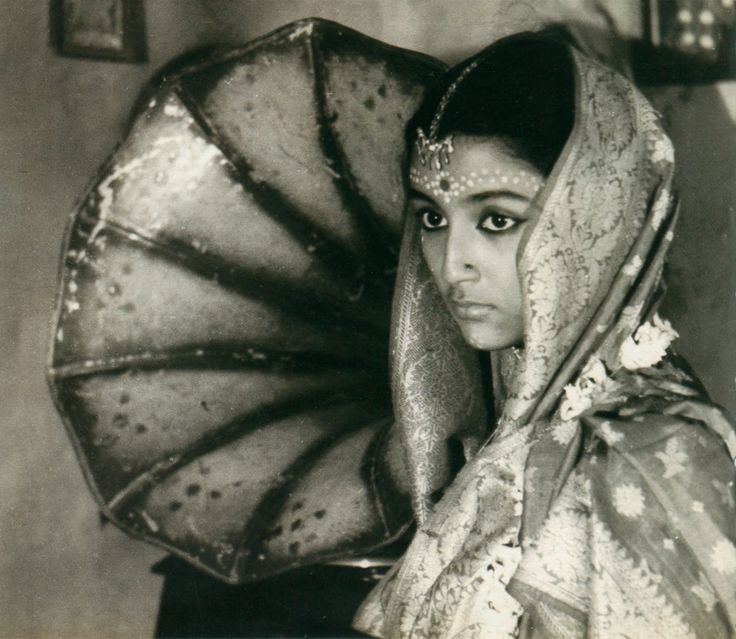
Soumendu Roy went behind the lens for 'Teen Kanya' (1961)
As for Roy-da’s own working style, I would say he belonged to the generation that wasn’t too flexible about changing their pattern according to the directors they worked with. It is not that he tried doing very experimental work. It was only in case of Shatranj Ki Khiladi and a few South films that he used direct lights. I don’t think these attempts were very impressive. It was in the later phase of his career that Roy-da agreed to do whatever the directors wanted. It wasn’t that he was too happy doing so. Suppose there was an artist who couldn’t say the dialogues properly. In such a situation, a director of Tapan Sinha’s stature would immediately change the dialogues and take the shots. But the mediocre filmmakers could never do it. Much to Roy-da’s irritation, all these pending shots would pile up. After all, Roy-da had worked with stalwarts and such working styles frustrated him.
These experiences didn’t auger well and Roy-da decided to quit being a cinematographer and took up the assignment of teaching at Roopkala Kendra. There is nothing called retirement in our profession. Yet, it is important to know when to hang one’s boots. Too few can actually do that gracefully. In some cases, it is because of financial constraints. In others, it is an addiction to continue working. Roy-da’s professional choices have underlined the importance of knowing when to leave the table before one starts to overstay the welcome.
People sometimes wonder why Roy-da’s work from his post-Ray phase is not as talked about as his earlier works like Abhijan, Teen Kanya and Goopy Gyne Bagha Byne. From a very neutral point of view, I feel Roy-da’s work with Ray was in a different space altogether. Roy-da started assisting very early in life. He worked in a different set up where the accepted norm was not to question much but just do well all that has been done and practiced. Besides, Ray was such a towering film-maker that the environment kind of made Roy-da try to attain perfection in what he had learnt.
Roy-da never really spoke about why he quit working with Satyajit Ray. In one of our conversations, he had made a passing mention about it being because of Purnendu Bose. Industry corridors have stories about friction between Ray and Purnendu-da who was Roy-da’s assistant. Roy-da was very protective about his assistants and had taken a stand.
Once he was outside Ray’s ambit, I have a feeling Roy-da never tried experimenting and doing new things. With all due respect to his craft, I feel Roy-da consciously didn’t think about breaking the mould that was created when he worked with Ray. As a result, people still talk so much about his works with Ray including Teen Kanya, Abhijaan, Mahapurush, Kapurush, Sonar Kella, Ashani Sanket, Jana Aranya, Aranyer Din Ratri, Pratidwandi, Joybaba Felunath, Hirak Rajar Deshe and not so much about his latter works with other directors.
This desire to continuously show beautiful frames can disturb the process of story-telling. Roy-da never did that. It is very evident if we see his cinematography inTeen Kanya,Goopy Gyne Bagha Byne or Abhijan. His work blends in with what the director wants to say. We can be closely involved during the shooting of the film. But after that, there needs to be neutrality and an objective distance. At the end of the day, a cinematographer is part of a whole and not the whole itself
The most crucial lesson that Roy-da has imparted is the understanding of the role of a cinematographer in the making of a film. It is a fine balance. For any technician, it is suffocating if a director doesn’t allow any freedom and wants a storyboard to be followed meticulously. Creativity can’t be strangulated that way. Then it becomes dictatorship. But it is also important for a cinematographer to understand that the images are meant to complement the story-telling process. Many cinematographers want to retain their own signature styles while shooting. But I feel that doing so can come in the way of story-telling. This desire to continuously show beautiful frames can disturb the process of story-telling. Roy-da never did that. It is very evident if we see his cinematography in Teen Kanya, Goopy Gyne Bagha Byne or Abhijan. His work blends in with what the director wants to say. We can be closely involved during the shooting of the film. But after that, there needs to be neutrality and an objective distance. At the end of the day, a cinematographer is part of a whole and not the whole itself. That only happens when we learn to respect that a film is finally a director’s baby and we all are there to help its rearing.
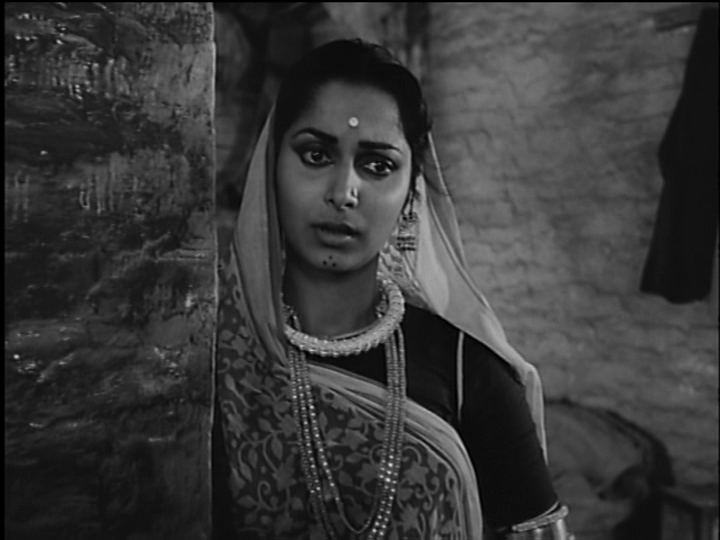
Soumendu Roy did the cinematography for 'Abhijan' (1962)
That’s why even till this day, I am so attached to him. There have been times when personal ups and downs in my life have prevented me from being in regular touch with him. But he would ask about me from anyone he knew was aware about my whereabouts. I have felt immensely guilty for being out of touch. Thankfully, those days are over. Two months back, he called up to say he wanted to see me. We met. We spoke. We discussed. He had an issue with his eyesight. During the course of our discussion, I gathered that for ten years he had not got his eyesight checked. I took him over to the ophthalmologist. He spoke about how a television set and reading material can help him fight his loneliness.
On Poila Boishakh last year, I visited him again. Sadly speaking, he was not his usual self then. He had difficulties while expressing his thoughts. That got him irritated. I could hardly understand most of what he was trying to articulate. So the conversation was mostly in monosyllables. I could decipher one word he was asking me. That was ‘America’. During my last visit, I had told him about my fellowship to America. He was very happy that I was the only Indian to be selected for the scholarship by the Film Independent & The US Department of State’s Bureau of Education & Cultural Affairs (ECA). But at this age and physical condition, I never expected him to remember it. Here was someone, who despite having so many challenges in negotiating his speech, was still asking about my professional progress. Roy-da, at 89, was still as concerned about my career as he was when I joined him as a 20-something rookie. I gulped a lump of emotion down my throat when I heard his utter ‘America’ repeatedly. I told him then that I would be going in October.
His eyes twinkled. My vision went a little blurred. As I went back home that day, I felt yet again how some bonds are thicker than blood.

